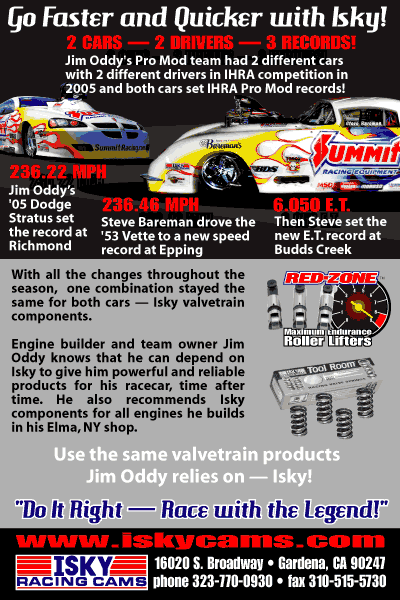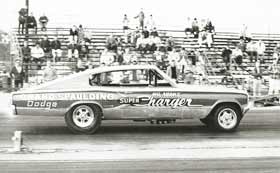ADVERTISEMENT
 |
 otoring down the 1320 or the 660 puts some heavy-duty demands on all that expensive machinery connected to the loud pedal. Heaping on the added horsepower way above and beyond what the engineers in Detroit had in mind easily overpowers devices and components designed to take care of excessive heat, the prime destroyer of moving parts. otoring down the 1320 or the 660 puts some heavy-duty demands on all that expensive machinery connected to the loud pedal. Heaping on the added horsepower way above and beyond what the engineers in Detroit had in mind easily overpowers devices and components designed to take care of excessive heat, the prime destroyer of moving parts.
Too much heat can overpower radiators, cause destructive detonation, cook clutches, drop valves, and worst of all cause an automatic transmission to have an increasingly hard time transmitting all that power to the ground, thanks to well done or overcooked internal components. The paradox is the more horsepower and torque you put into an automatic transmission, the greater the heat generated. The greater the heat the harder it is for the transmission to get rid of, which causes the transmission to work harder and run hotter still – and so on.
Since even a few degrees of added heat reduces transmission efficiency, ET consistency will also suffer as the transmission fluid gets hotter. Heat buildup places an unwanted variable into the mix. Fortunately, there's been a solution for the problem of overheating transmission fluid for about as long as it's been a problem.

Believe it or not, early top fuel funny cars ran with automatic transmissions, with blown top fuel hemis and big block Chevys bolted up to C-6s, TH400s and Torque Flites. It's not hard to believe that cooked converters, fried clutch packs, and exploding trannies were a problem. It was during the heyday of these early funny cars that the engineers at B&M Racing and Performance Products came up with their Transmission Fluid Consistency system, or TFC.
|
